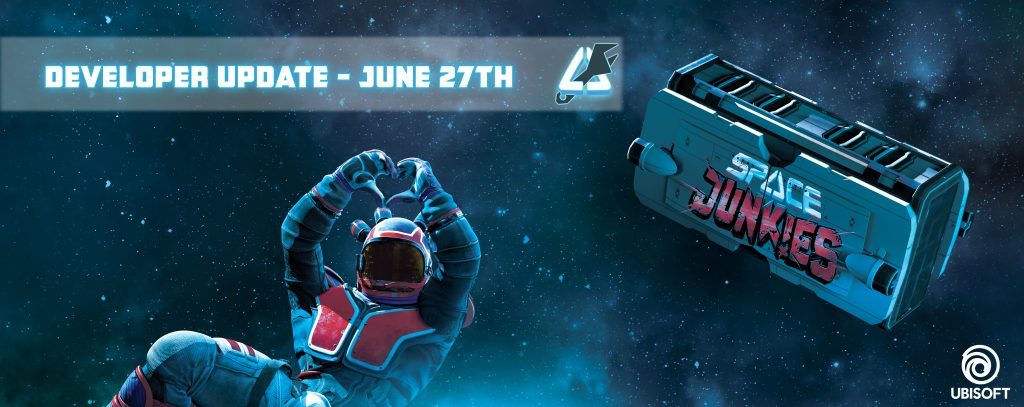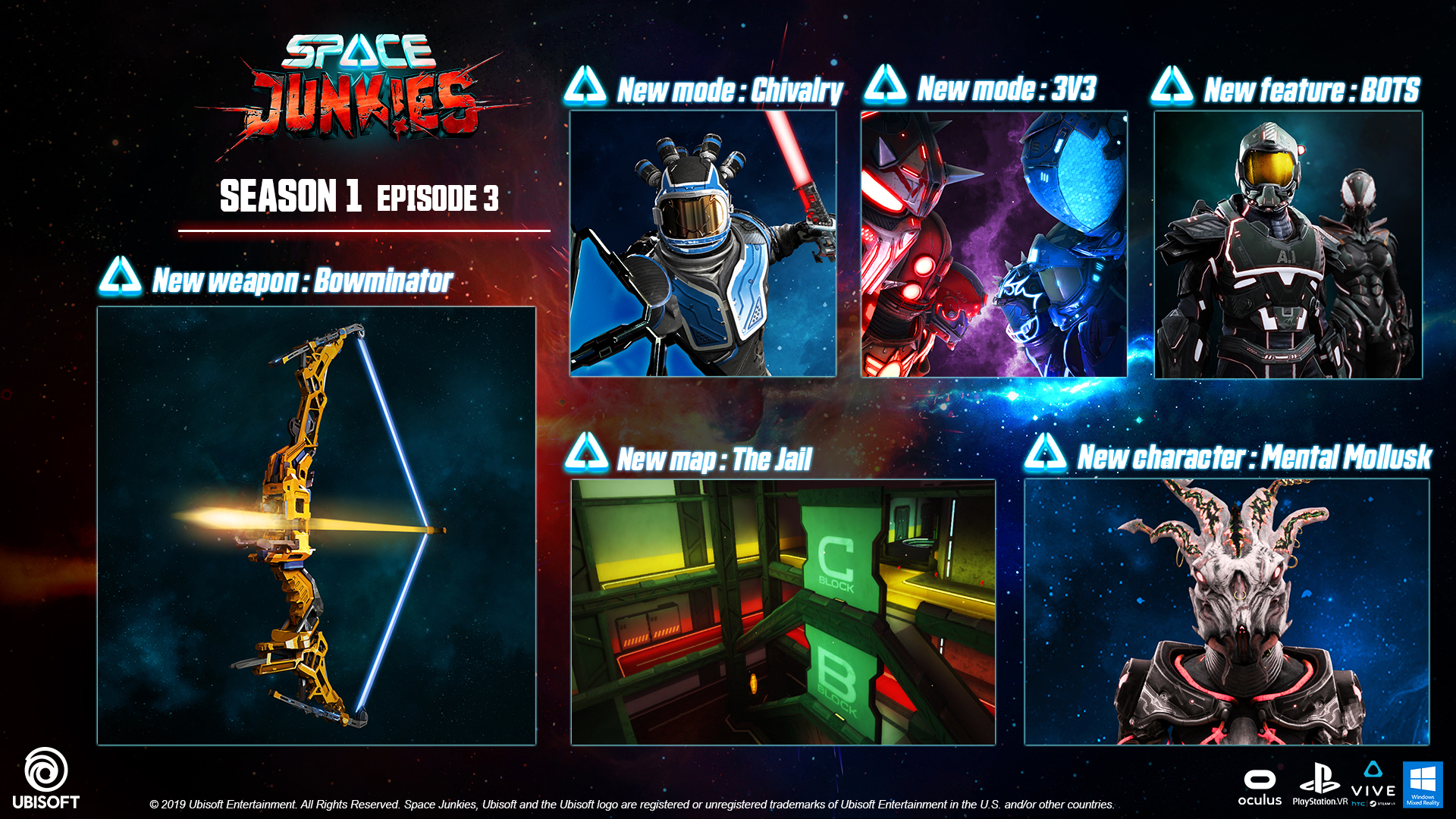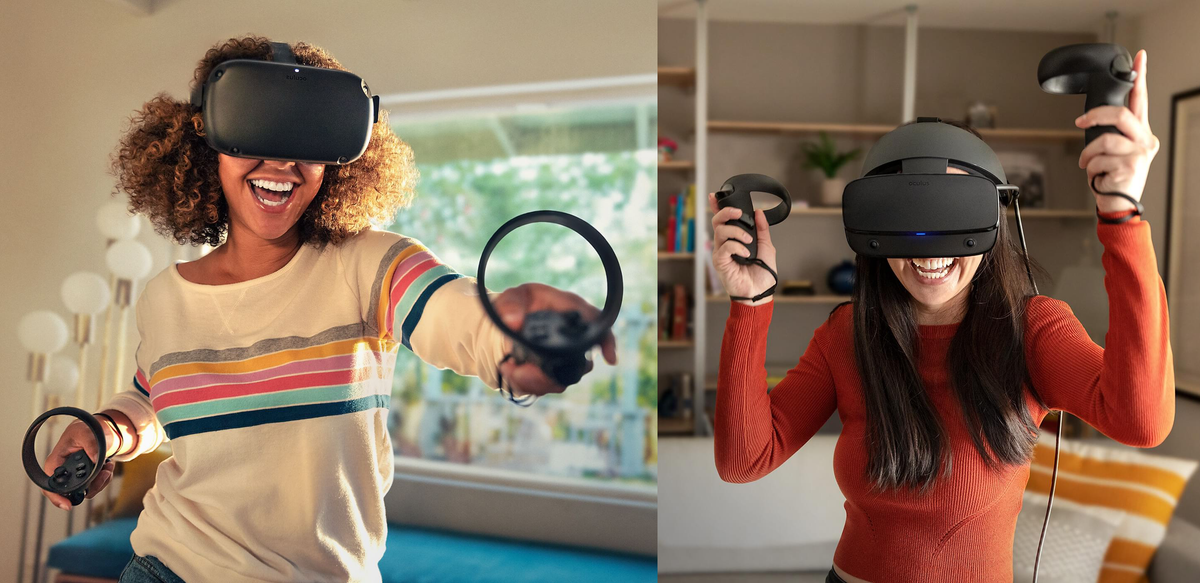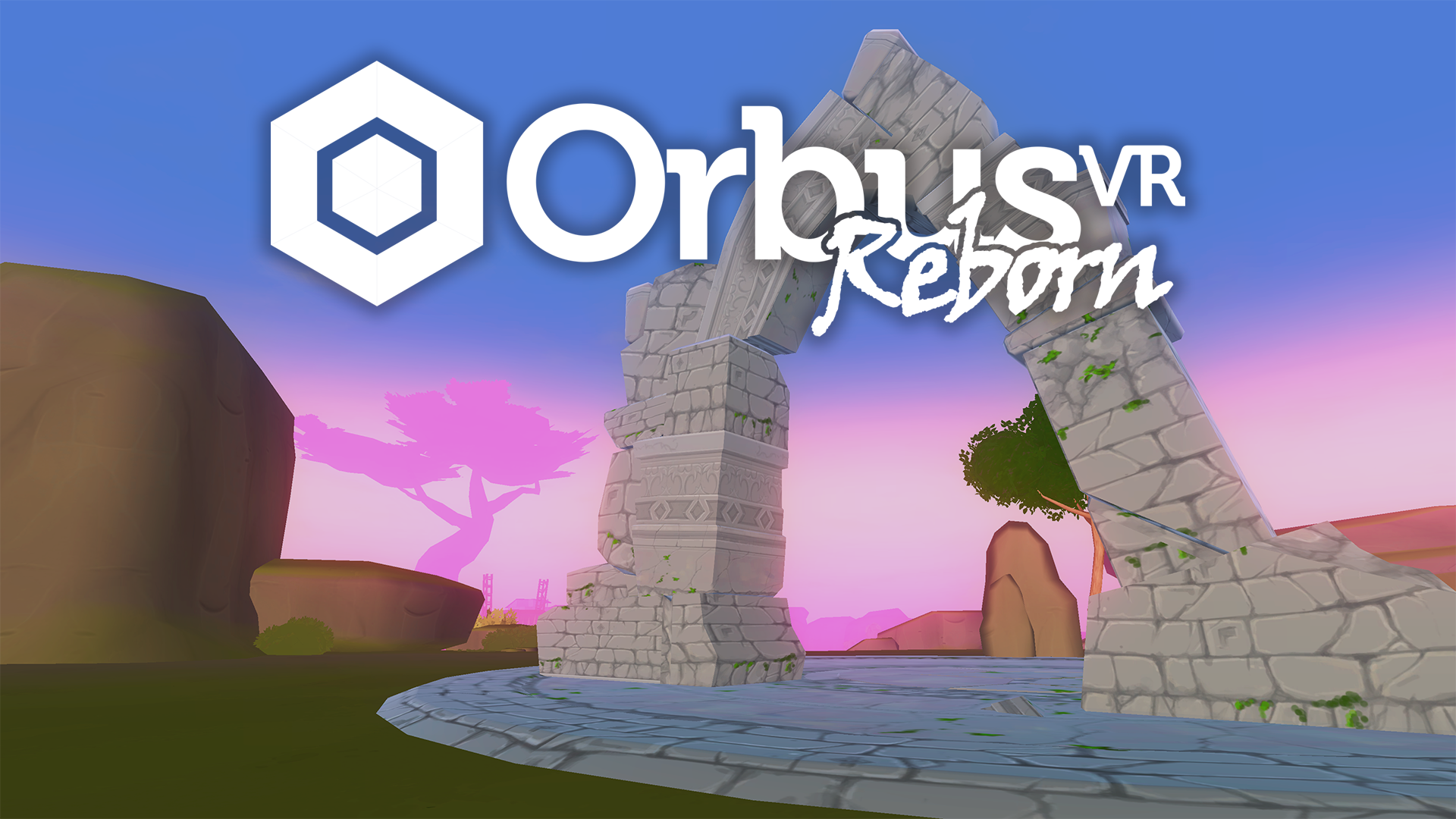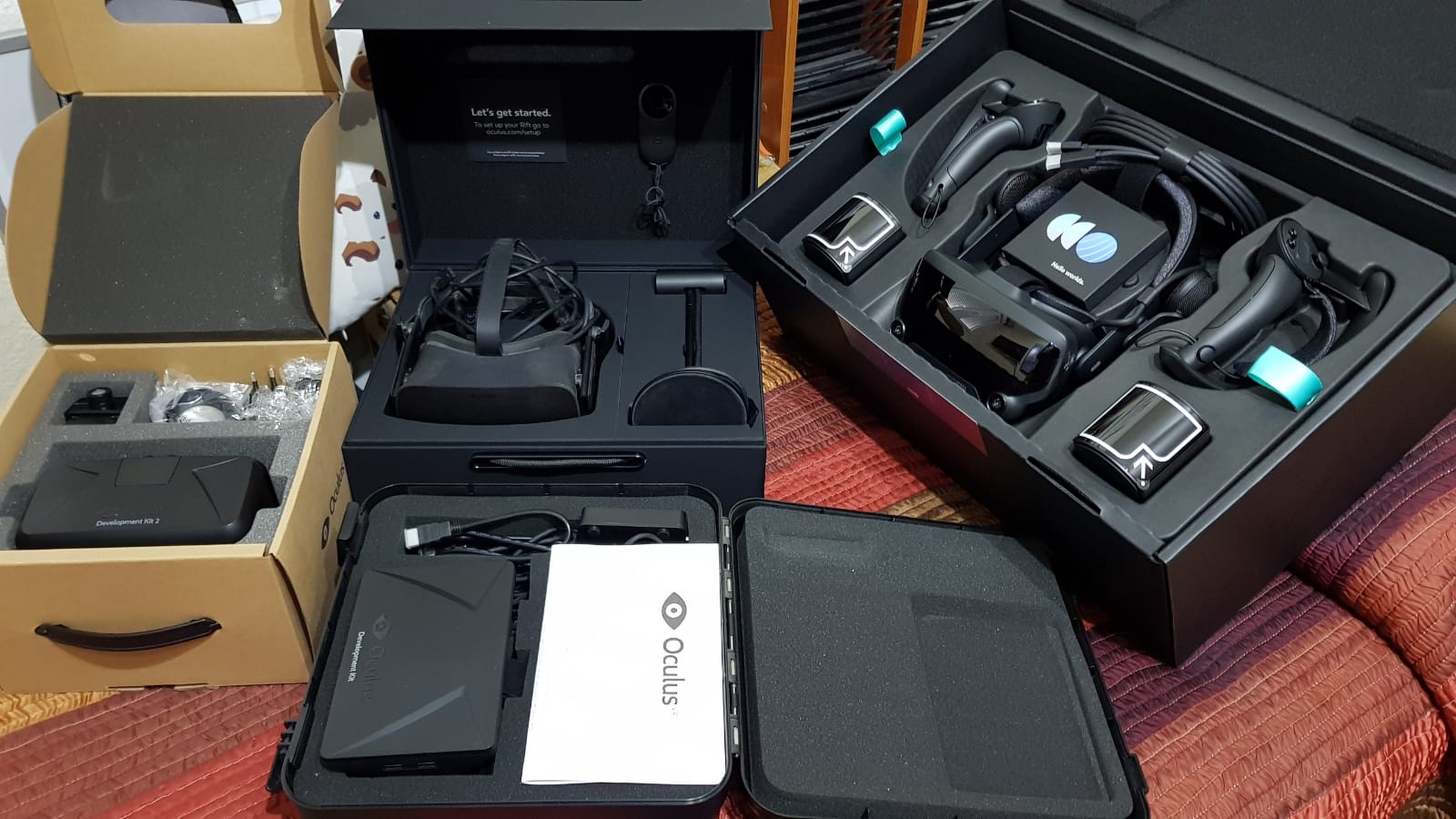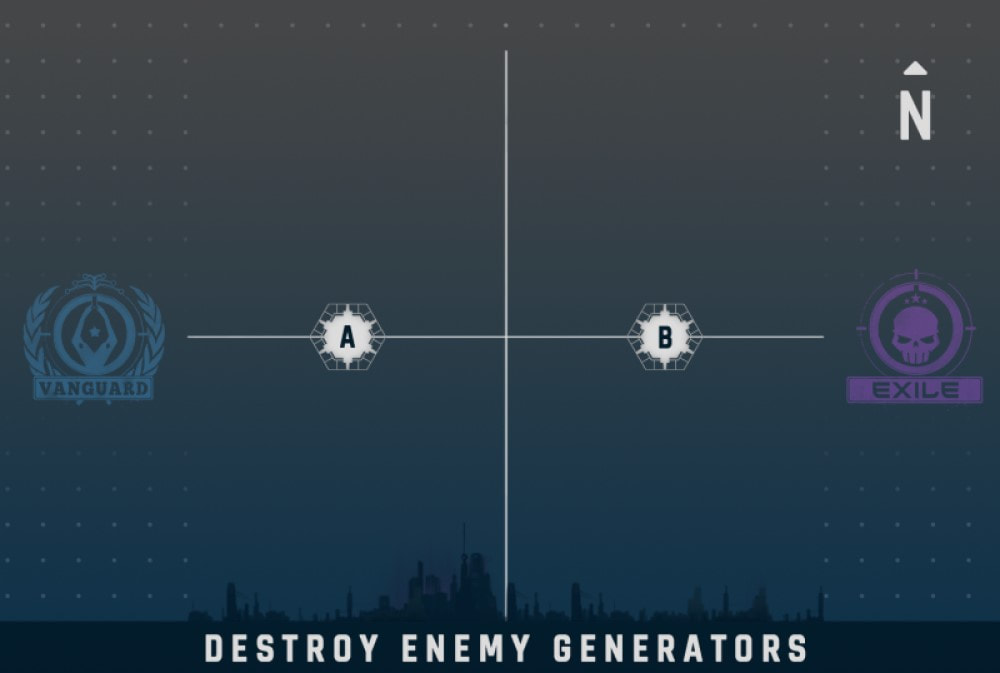Optics: I asked whether the Valve Index contained a new/unique optics system. The answer is a resounding YES, but the details are very confidential and were not shared with us. We will have to wait for the teardown that will inevitably come.
AR + Front Camera Tech: I asked whether new features were coming for the new camera system beyond simply passthrough (alluding to AR features, room mapping, etc): The engineer said "they're there for a reason", but any more information than that was confidential.
Lighthouse tracking update: The peripherals still use a similar FPGA system to process the incoming sensor data. There is no big hardware change here compared to the old peripherals. Still not Bluetooth, still using consumer-grade Lattice FPGAs, still using a custom 2.4GHz radio protocol.
Finger tracking details: The final revision of the Knuckles controllers contain 32 capacitive sensors JUST for the lower three fingers area, not counting the capactive buttons for the thumb or the trigger cap sensor. These use a pretty amazing learning algorithm that learns the shape of your hand and the changing capacitance of your skin. The most amazing thing is that this adaptive algorithm runs on the controller, not the PC.\
This improved adaptive algorithm is exclusive to the consumer release of the Knuckles and is not compatible with the EV3 kit. (Not sure if there's a later kit version that this will work with, but I don't have them.)
Front expansion: It's a single USB (presumable 3.0). Valve has no immediate ideas for what they or anyone else will do with it, but they see it as a part of a wider strategy to collaborate closely with the community and work together to find the future of VR.
Knuckles materials + durability: The small tab that holds the controller strap on to the main controller body has been redesigned after a ton of people (me included) had theirs snap off. The new material will not shatter.
Fabric: The fabric used on the Index is the same as the fabric on the controllers. Its light, attractive, breathable, and actually anti-microbial. Very cool stuff, and it looks like a million bucks.
Manufacturing: The lighthouses are manufactured on-site right in the building I visited. Please check out the album to see the photos! However, the headset and controllers are manufactured overseas.
Knuckles form factor: They are releasing/want to release a 3D-printable STL that acts as an "adapter" for the Knuckles for people with larger hands, whose thumbs reach too far to the top of the controller, making pressing the lower buttons difficult. This was the exact issue I was having with my developer kit so I'm extremely happy they're doing this.
Fun facts:
The main industrial designer for the headset designed the entire thing in only 5 weeks of grueling effort.
They changed a key design element of the capacitive sensors "yesterday". This seems crazy to me but the engineer may have misspoke. Apparently a man with extremely large hands sent them a picture and his hands were much larger than anything anyone had ever seen, so they moved the sensors around to allow them to reach the larger hands.
International shipping?
Yes, they know! Yes they're working on it! Yes they want to! Just takes some time.
Demo time!
I was able to use the Index hands on for a good hour or so. I put it through its paces in non-ideal tracking conditions with a wide range of games.
Clarity: This is a clear and obvious step up from the Vive. The lack of pentile pattern in the display (this is a high-refresh-rate LCD instead of AMOLED) makes the screen door effect MUCH smaller. It's still there, but it's pretty much a non-issue at this point. The resolution is really great, but its not crazy high like "not seeing pixels" level here. Its a sizeable step up but thats about it.
Optics: The FOV is absolutely amazing. For context, when you push the eye relief on the Index out as far as it will go (reducing the FOV), it basically is the same as the original Vive FOV. It's that much better. The one drawback is that at the max Index FOV you can see the flat edges of the panels a little bit if you strain your eyes to one side. Otherwise, the clarity, FOV, and everything is great.
Bad news time; the godrays are there, they're noticeable, and they're not going away. This won't be a great headset for super high contrast applications. The godrays are much "softer" though, if that makes any sense. Back in the Vive, you can see the ridges and the exact sort of sharp shapes that the Fresnel lenses make in the godray pattern; but in the Index, its more like a light smear instead of a ridged reflection, if that makes any sense. It feels more like some light leaking in rather than a shaped artifact.
Build quality: Holy shit. Holy mother of god. This thing is the most polished VR headset I've ever seen. It's light. Its compact. Its beautiful. It's tightly put together, zero flex, feels like a piece of tech from 50 years from now. All of the fabric is soft, antimicrobial, smooth, comfortable, and breathable. It looks, breathes, exudes, and screams "awesome". This thing is the MacBook Pro of VR build quality.
Knuckles: Tracking is great, finger fidelity is great, you get the gist. This is not news, these things are the best controllers since sliced bread for VR interaction.
Please let me know in the comments if you have additional questions. I'll see if they gave me any good morsels on your topic of choice.
Cheers,
Finn Sinclair VR Museum of Fine Art Dev
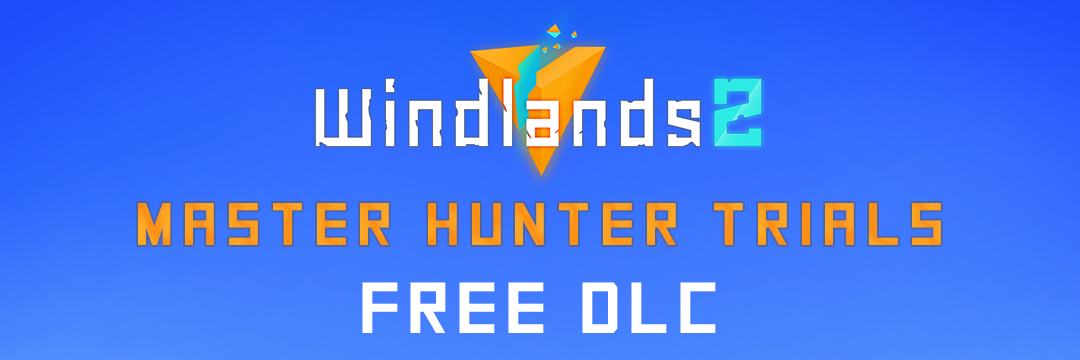
 steamcommunity.com
Fun tubers playing the game if you don't know what it is. Don't watch too much and spoil all the bosses and stuff though.
steamcommunity.com
Fun tubers playing the game if you don't know what it is. Don't watch too much and spoil all the bosses and stuff though.










